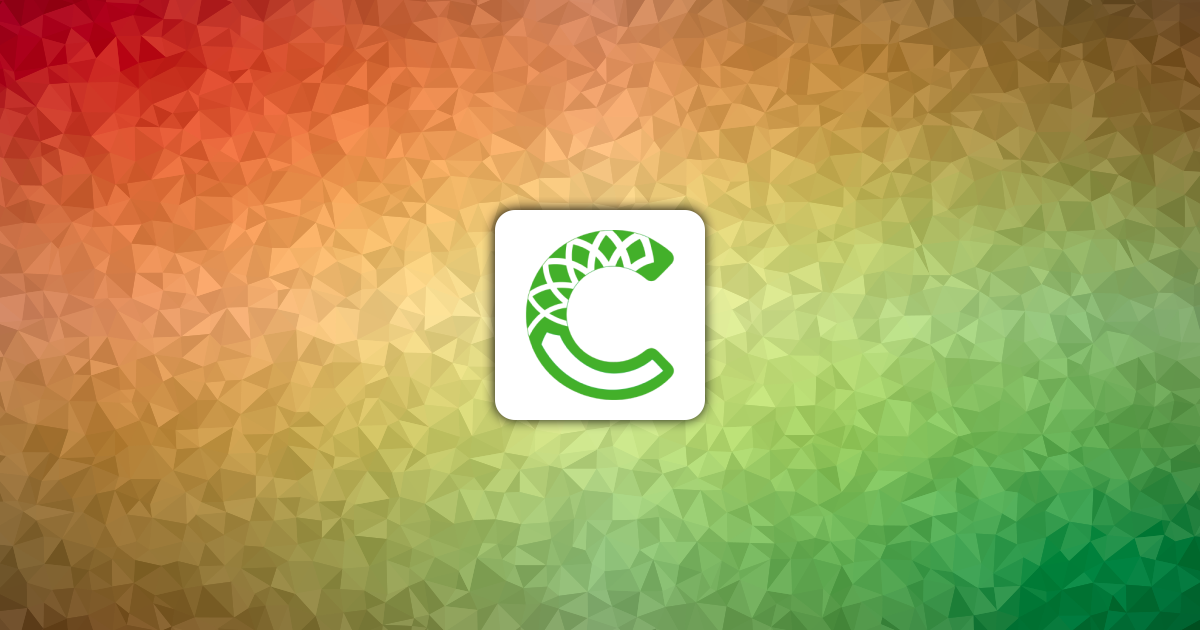Sharded repodata in conda (beta): an order of magnitude faster

We're excited to announce a new beta feature in conda called sharded repodata. This optimized repodata format makes environment solves faster by reducing the time spent fetching package metadata. Conda-forge is already serving sharded repodata, so you can try it immediately when using conda with conda-forge. In this post, we'll show you how to enable it, explain how the work came together across the ecosystem, and share the performance improvements you can expect in everyday use.















